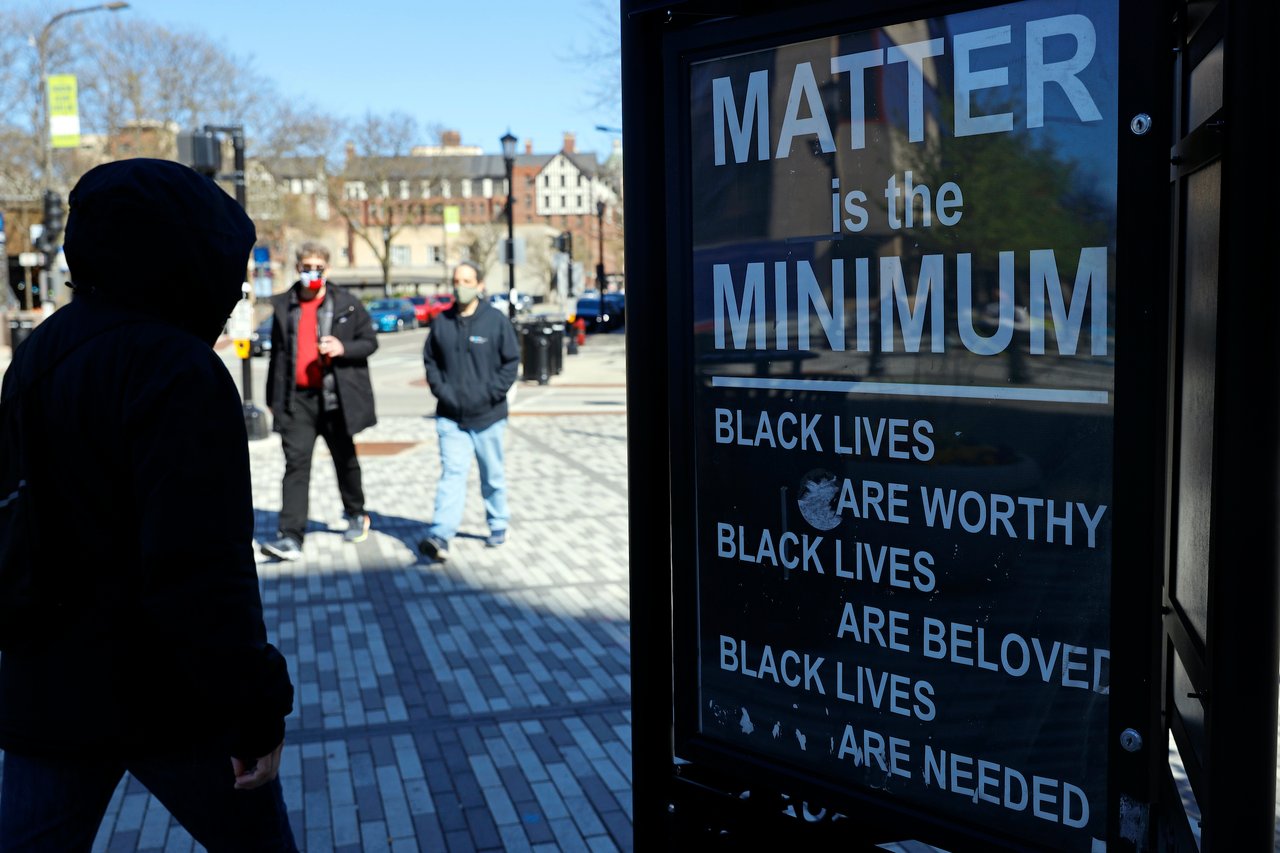The national movement for racial justice pushed an idea that was once a pipe dream deeper into the halls of Congress.

WASHINGTON (CN) — On April 14, the movement for reparations saw a historic, albeit quiet, win: national reparations legislation had finally moved out of committee.
The House Judiciary Committee voted 25–17 to push H.R. 40, a bill establishing a commission to study and develop a slavery reparations program, to the full House.
But the vote fell along party lines, with zero Republicans voting alongside the Democratic majority. Utah Representative Burgess Owens went as far as to call the bill “treacherous” and “traitorous” during his testimony on the floor.
The bill’s small step forward could be its only for a long time.
It used to come by a different name. Nearly up until his death in 2019, Representative John Conyers introduced it as H.R. 3745 in 1989 and spent the next 30 years introducing it to the House every congressional session thereafter.
“He was the legislative champion of reparations in this country,” Ron Daniels, convener of the National African American Reparations Commission, said in a phone interview of the longest-serving member of Congress.
Before time rendered that mission obsolete, Conyers initially drafted H.R. 3745 to only study reparations proposals. He did so in collaboration with the National Coalition of Blacks for Reparations in America, which was founded in 1987 to organize the longstanding reparations movement.
Early incarnations of H.R. 3745 aimed to acknowledge the role U.S. government played in slavery and examine how the institution of slavery still affects Black Americans today. In the 32 years since the bill's introduction, however, the country has seen mountains of research and literature advocating for the need for reparations and exploring different proposals.
“The Case for Reparations,” published for the Atlantic in 2014, was one of many watershed moments for the movement.
“He was not a believer, but he was converted by his research,” Daniels said of the essay's author, Ta-Nehisi Coates. It was Coates’ transition from skeptic to “vocal advocate” that introduced reparations to “a whole generation of people who hadn’t been involved in the movement at all," Daniels said.

When Conyers rewrote H.R. 3745 in 2016 — collaborating again N’COBRA, as well as other organizations including the Movement for Black Lives and NAARC, the commission overseen by Daniels — they sought to develop reparations proposals rather than just make a case for them.
“The focus became that it would become a remedy bill,” Kenniss Henry, co-chair for N’COBRA’s legislative commission, said in a phone call. She joined the organization later that year after two other reparations advocacy groups disbanded.
“I mean, enough evidence had been done,” Daniels said, “enough studies upon studies upon studies.”
The 2020 presidential primaries created another boon for the movement. On the heels of a growing racial justice movement, several presidential candidates, like early favorite Julian Castro and resident wildcard Marianne Williamson, directly called for some form of reparations program in the United States. Senator Cory Booker spearheaded the Senate companion bill to H.R. 40.
Rania Batrice, a Democratic operative and 2016 deputy of Senator Bernie Sanders’ presidential campaign, got involved with NAARC at around this time.
“I had relationships with multiple teams and candidates from the Democratic 2020 slate of presidential candidates," Batrice said in an email, "and I did share my thoughts and strong recommendation to support the dismantling of systemic racism — including through long overdue reparatory justice.”









